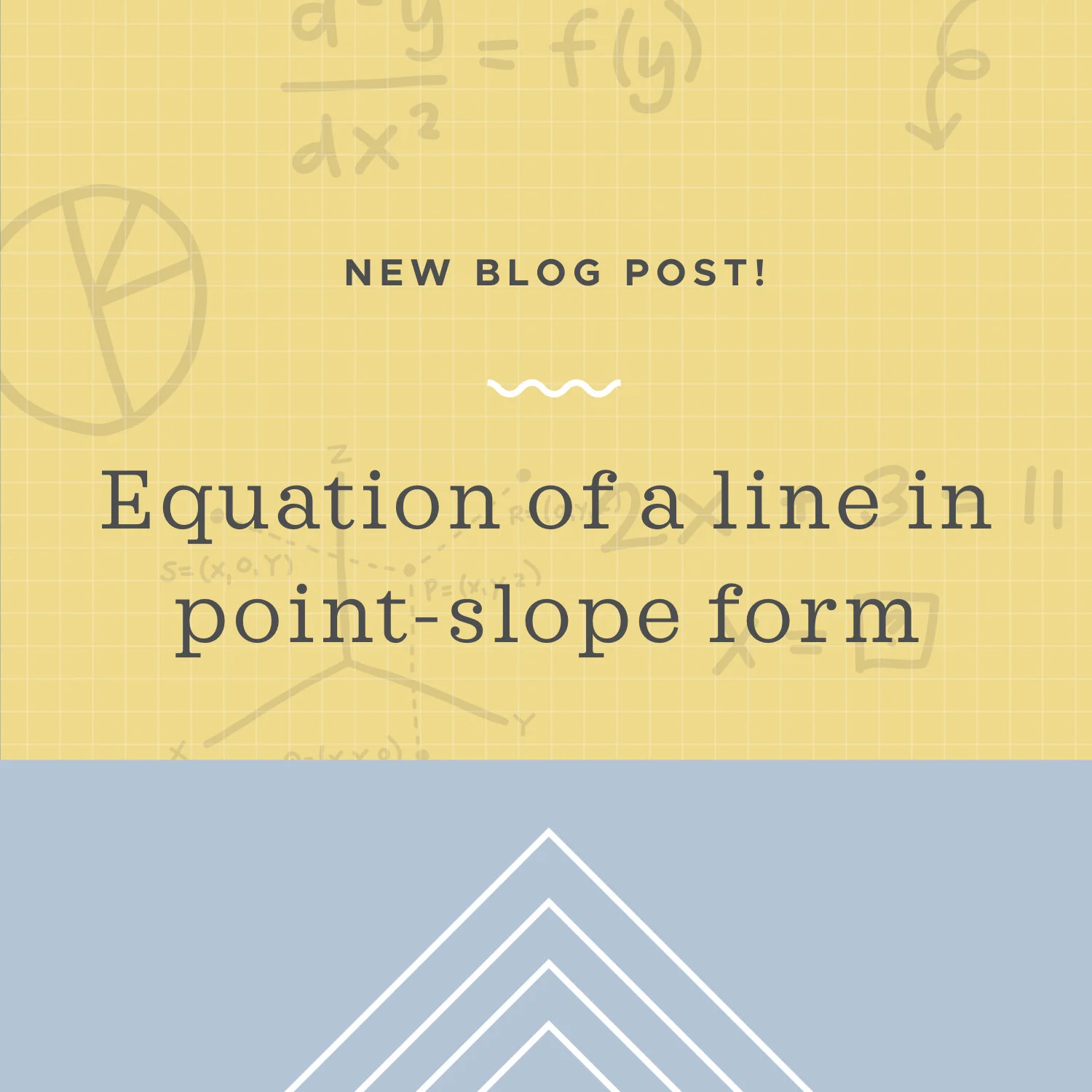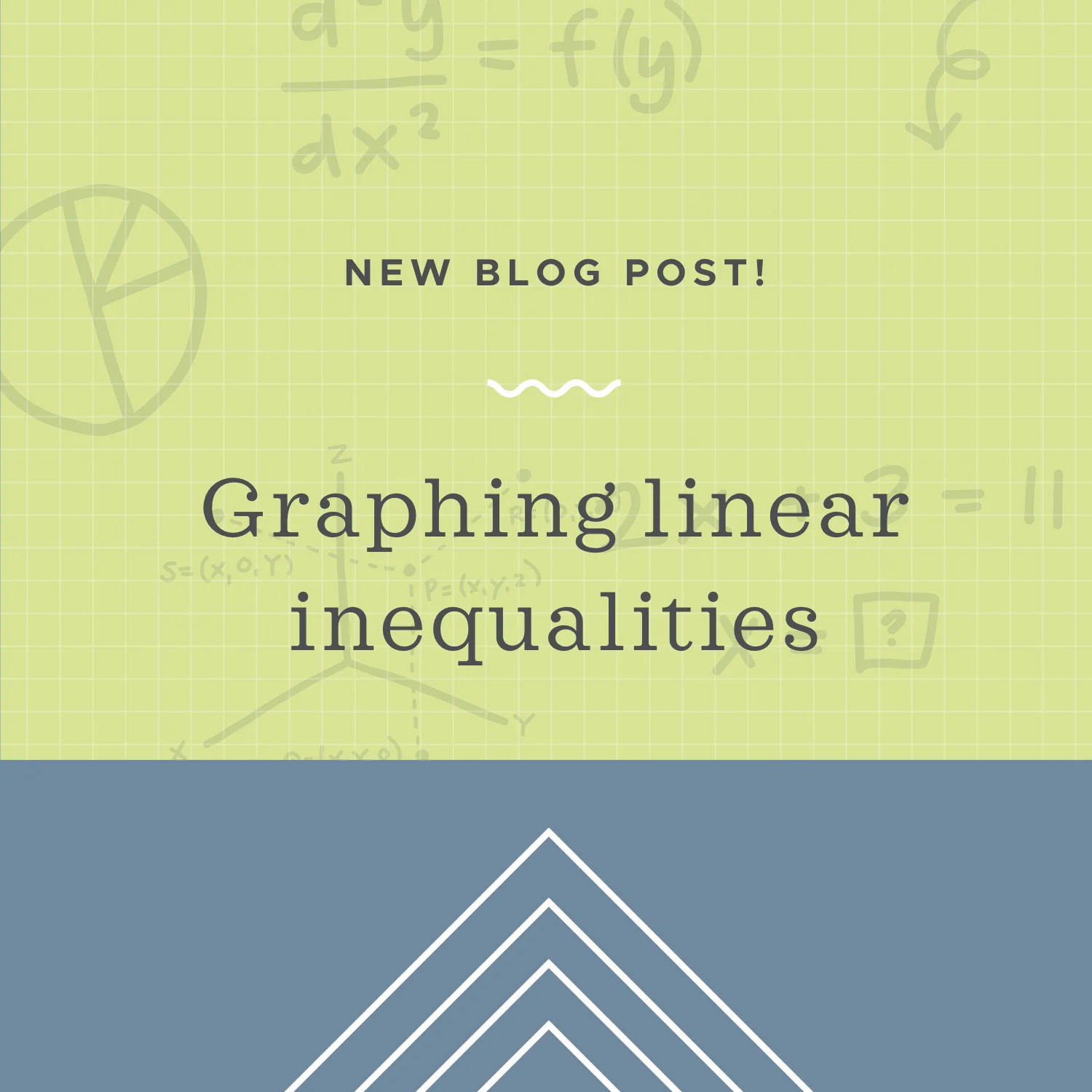In this lesson we’ll learn about the qualities that make up parallel and perpendicular lines and how to identify them on a graph or in an equation. Remember, opposites are numbers with different signs, as a variable they can be expressed as m and -m (although this doesn’t mean that m is the positive number and -m is the negative number).
Read MoreThe slope of a line is how steep the graph of the line is, or the rate of change of the y-coordinates of the points of the graph as you go from left to right. In the equation of a line, slope is denoted by m. It’s not known why m is used, but you can think “m is for move” to help you remember it’s how fast the graph “moves” (changes).
Read MoreYou have two options for writing the equation of a line: point-slope form and slope-intercept form. Both of them require that you know at least two of the following pieces of information about the line: 1) a point, 2) another point, 3) the slope, m, or 4) the y-intercept, b (the y-coordinate of the point at which the graph of the line crosses the y-axis).
Read MoreIn this lesson we’ll look at how to graph linear inequalities on a coordinate plane. To graph a linear inequality, first graph the boundary line. The boundary line will be dashed if the symbol is < or >. The boundary line will be solid if the symbol is ≤ or ≥.
Read MoreQuadratic equations create parabolas when they’re graphed, so they’re non-linear functions. There are two forms that are especially helpful when you want to know something about a parabola, which are the standard form of a parabola, and the vertex form of a parabola.
Read MoreThere are three ways to solve systems of linear equations: substitution, elimination, and graphing. Substitution will have you substitute one equation into the other; elimination will have you add or subtract the equations to eliminate a variable; graphing will have you sketch both curves to visually find the points of intersection.
Read MoreThe most important thing to remember about graphing lines is that you always need some combination of the slope of the line, and/or points on the line in order to graph it.
Read More







